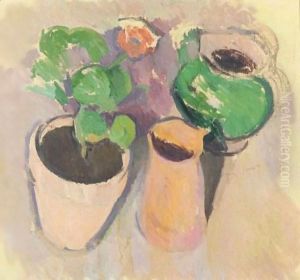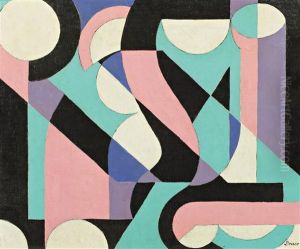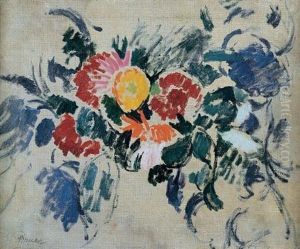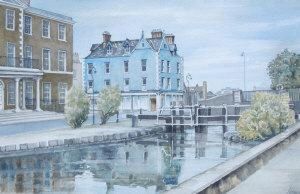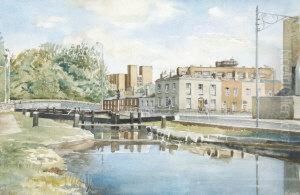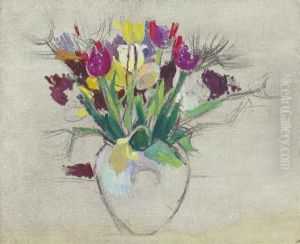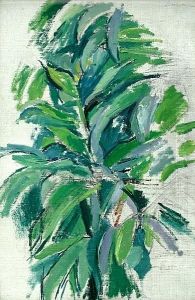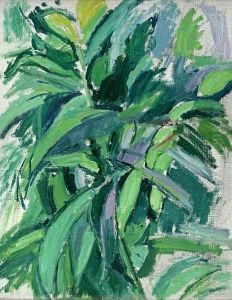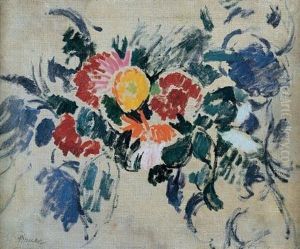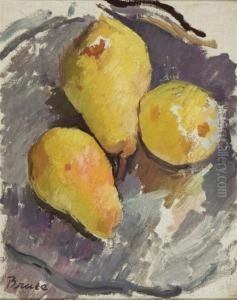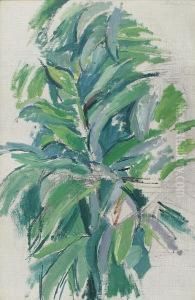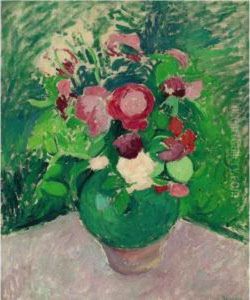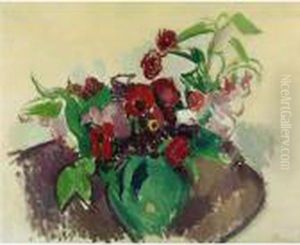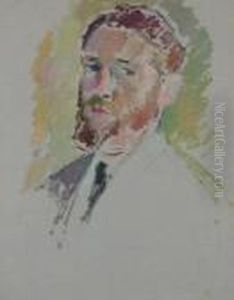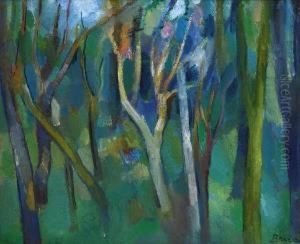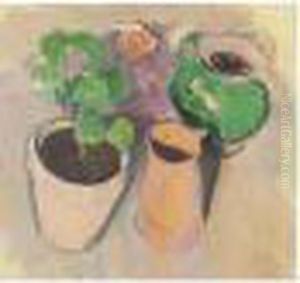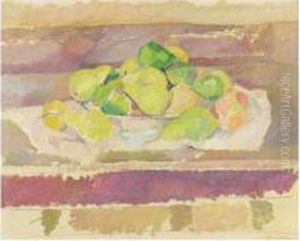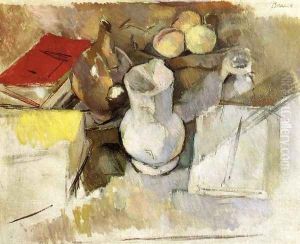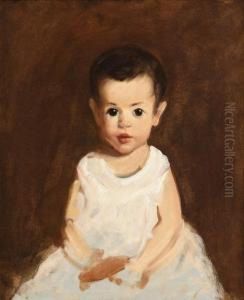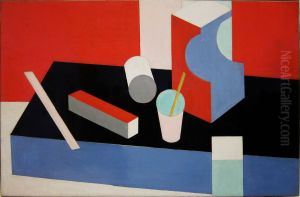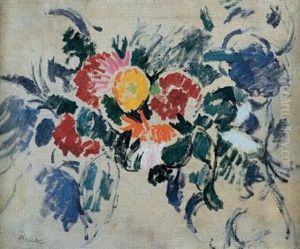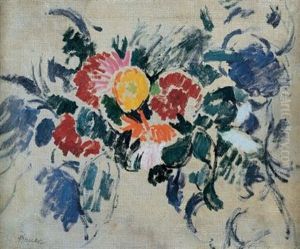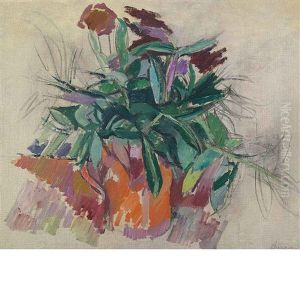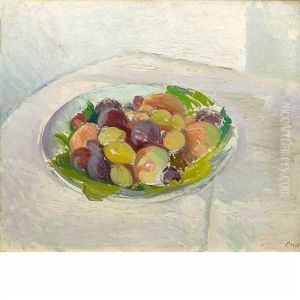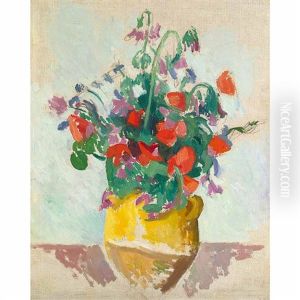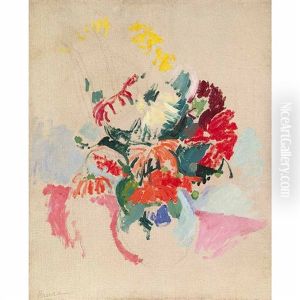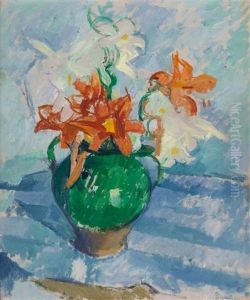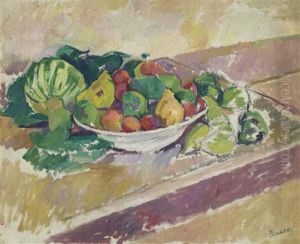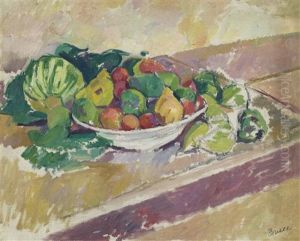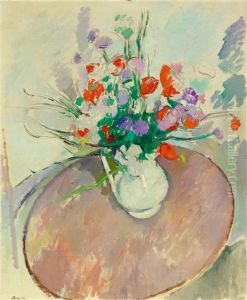Patrick Henry Bruce Paintings
Patrick Henry Bruce was an American painter born on March 25, 1881, in Long Island, Virginia. He was an important figure in the development of American modernist painting. Bruce moved to New York City in his early 20s, where he studied with William Merritt Chase at the Art Students League. He was also a student of Robert Henri and came into contact with the Ashcan School of artists, a group known for their realistic portrayals of urban life.
In 1904, he moved to Paris, which was the epicenter of the avant-garde art world. There, Bruce became associated with the circle of artists that frequented Gertrude Stein's salon, including Pablo Picasso and Henri Matisse. He was influenced by the new forms of Cubism and Fauvism that were developing at the time. Bruce's work began to reflect a more structured and geometric style, a significant departure from his earlier, more painterly approach.
In Paris, Bruce produced some of his most significant work, which was characterized by an intense study of color and form. He developed a distinct style of still life painting that featured simplified shapes and a refined use of color, which was often compared to the works of Paul Cézanne. His paintings from this period showed a clear embrace of modernism and helped to introduce such aesthetic concepts to an American audience.
Despite his innovation and the quality of his work, Bruce did not achieve significant commercial success during his lifetime. He struggled financially and suffered from alcoholism. His work was occasionally exhibited in Paris and New York, but he remained relatively unknown compared to his contemporaries. In 1936, Bruce returned to the United States, where he tragically took his own life on November 12, at the age of 55.
After his death, Patrick Henry Bruce's artwork gained recognition, and he is now considered an important precursor to American Abstract Expressionism. His paintings are included in the collections of major museums, and his contribution to American art has been reassessed, with critics and historians acknowledging his role in the development of modernist painting in the United States.
